Wargaming The Battle Of The Bulge Part Two
December 22, 2014 by crew
In our continuing article series commemorating the 70th anniversary of the Battle of the Bulge, we’ll take another look at recreating some of the Bulge’s key engagements on the wargaming table. Using carefully-constructed scenarios of Axis & Allies Miniatures and Avalon Hill’s “Panzer Leader,” I’ve worked with Beast of War community members Gladesrunner and Amphibiousmonster to create a multi-level wargamer’s view of this historic campaign. For a basic background on the Bulge and a look at our opening games, check out Part One of our series. You can also check out “Tank God” BoW John’s overview on a recent episode of the Weekender (time code 53:00). Meanwhile, let’s get “stuck back in” and see how “the Bulge” continues to develop.
ENGAGEMENT THREE: HOLDING THE
BRIDGE AT STOUMONT - DEC 19, 1944
As the surprise German offensive tore the first gashes in the reeling American lines, the Germans sent specialized “breakthrough” units through these gaps to race deep into the snowy Belgian countryside. Their mission was to seize bridges and road junctions so the overall German drive could continue unabated. Sometimes these forward detachments would run into isolated pockets of American resistance, sparking furious battles over key patches of ground the Germans just had to have. Our third Battle of the Bulge game takes a look at once such fight between elements of the American 119th Infantry Regiment (30th Infantry Division) and the most infamous unit to take part in the Ardennes Offensive, “Kampfgruppe Peiper.”
Kampfgruppe (battle group) Peiper was an elite, independent mixed-arms detachment of the Waffen SS, commanded by Obersturmbannführer (roughly a lieutenant-colonel) Joachim Peiper. The unit had the best vehicles and equipment available, including Königstigers of the 501st SS “schwere Panzer-Abteilung” (heavy tank detachment). They were the designated spearhead of the 1st SS Panzer Division, the 6th Panzer Army, and the whole Ardennes Offensive. To accomplish its mission, Kampfgruppe Peiper had over 100 tanks, 500 other vehicles, and 4800 troops.
Thus far, Kampfgruppe Peiper had not enjoyed easy going. Time and again they would come to a bridge only to have it blown up in their faces by American defenders. Legend tells of a frustrated Peiper pounding on the roof of his command vehicle, shouting: “Those engineers, those damned engineers!” – a mark of pride cherished by American combat engineer units to this day. Peiper’s men certainly couldn’t stop to take prisoners, leading to the horrific and deliberate massacre of 84 American PoWs near the town of Malmedy. Whether Peiper himself gave the order remains unclear, but the fact remains that these were hardened men of the 1st SS Panzer Division, drawn from Hitler’s personal “Leibstandarte” guard (the same ruthless division to which Michael Wittman had belonged). They were all too accustomed to the brutalities of the Eastern Front, where quarter was never asked...or given.
Nor was Peiper’s wrath confined to enemy troops. When an advanced unit of German infantry failed to open a gap in American lines (through which Peiper’s kampfgruppe was scheduled to rush), Peiper screamed at, berated, and threatened the commander until he gave Peiper a company of his men in apology. These were elite “fallschirmjäger” paratroopers, which would prove a key element in Peiper’s upcoming assault on Stoumont.
Again taking command of the Americans, Gladesrunner put up a rugged defence, especially in the shattered ruins of the St. Eduoard Sanatorium, the biggest building on the board and dominating terrain feature leading toward the bridge. She killed both my Panthers just coming onto the board, but the reliable Mark IVs (the true German workhorses of World War II) turned the American wing and opened the road for a small breakthrough. Historical gravitas notwithstanding, it felt good to finally win one of the games, if only barely.
ENGAGEMENT FOUR: DELAYING ACTION AT
NOVILLE - DEC 20, 1944
As previously discussed, the initial German plan for the Ardennes Offensive called for a powerful thrust delivered primarily on their right (northern) wing, in the area of SS Oberst-Gruppenführer “Sepp” Dietrich’s 6th Panzer Army. But as the battles around St. Vith and Elsenborn Ridge continued to drag on against heavy American resistance, the Germans steadily “sidestepped” south, probing hopefully for softer spots that might allow for a breakthrough toward the Meuse River. This carried the main German effort away from the SS divisions of 6th Panzer Army, and toward the Wehrmacht (regular Army) units of Hasso von Manteuffel’s 5th Panzer Army. As fate would have it, the spearheads of the 5th Panzer Army were just reaching a small Belgian town soon to be burned forever into the pages of history...Bastogne.
When the Germans failed to take Bastogne straight away they instead encircled the town and started to squeeze the perimeter. Game Four of our Bulge series depicts one of the initial battles of this “noose tightening,” where part of the 2nd Panzer Division tried squeezing down on the Bastogne Perimeter from the northeast.
Standing in the way of this move was my 2nd Panzer battalion-sized batch of tanks and halftrack infantry named “Team Desobry” after its commander, Major William R. Desorby. Hopelessly outnumbered by one of 2nd Panzer’s main kampfgruppe, Team Desorby was hurriedly reinforced by just four M18 Hellcat tank destroyers of the 705th Tank Destroyer Battalion. Still this wouldn’t be enough, so the 1st Battalion of the 506th Parachute Infantry Regiment (part of the newly-arrived 101st Airborne) was trucked in to help in the defence.
If the “506th PIR” sounds familiar to you, that may be because it’s the parent unit of “Easy Company” featured in HBO’s “Band of Brothers” miniseries. So 1st Battalion would be Able, Baker, and Charlie companies (A, B, C)...while Dog, Easy, and Fox companies (D, E, F) make up 2nd Battalion/501st PIR). Fans of the series may remember when Easy Company first enters the woods in which they’re so ruthlessly shelled, they take positions in foxholes originally dug by 1st Battalion. The reason 1st Battalion has left is because they’ve been called here, to fight with Team Desorby at Noville.
This time I thought I’d take a swing at playing the Americans, with Amphibiousmonster taking the role of the 2nd Panzer’s kampfgruppe commander. There were six town hexes in play, and we decided that whoever controlled more of them at the end of Turn 12 would be the winner. He struck Noville in a pincer between his grenadiers and panzers, all while pounding Noville with self-propelled artillery and raking my infantry with the 37mm autocannon on his FlaK halftracks. His Panthers and Mark IVs quickly shut down my Shermans, but my single platoon of quick little M18 Hellcats kept shooting and displacing, steadily “sniping down” on the Germans’ armoured strength in true “tank destroyer” style. Finally the paratroopers of the 101st arrived and helped stabilize the situation, resulting in a tied game (both of us held three town hexes). This is pretty much what happened historically, with the Americans heavily mauled but the overall line remaining intact. German reinforcements would allow them to make a slight advance in the days to come, soon occupying the town of Foy as we see in “Band of Brothers.”
ENGAGEMENT FIVE: BLOODBATH AT
MARVIE - DEC 21, 1944
Our fifth game depicts another of these Bastogne perimeter battles, this time on the other side of the town and using 15mm miniatures. Here, we see the 901st Kampfgruppe of the elite “Panzer Lehr” Division take a crack at Bastogne’s southern perimeter. This division was originally formed by taking armour instructors out of German training schools. Of course this was a bad idea in the long run since it seriously degraded the quality of panzer recruits. But in the short run...yeah, it created one seriously elite panzer division.
One of the attacks launched by the Panzer Lehr at the southern Bastogne perimeter came at the village of Marvie, held (once again) by the Screaming Eagles of the 101st Airborne Division. This time the unit in question was the 2nd Battalion of the 327th Glider Infantry Regiment, men who usually hit their targets “Pegasus Bridge” style. Here at Bastogne, however, the 327th (along with the rest of the 101st Division) had been deployed by truck as an emergency stop-gap to help halt the German advance.
The fighting at Marvie was especially ferocious, even for the Bulge. This would certainly prove to be the case on our table. Gladesrunner deployed a well-fortified defence, with American rifle platoons, bazooka teams, towed antitank guns, and mortars. For support she could call on fire missions of huge 155mm howitzers (firing from miles off-board, of course). Incidentally, these guns belonged to the 333rd Field Artillery Regiment, an African-American unit (the US Army was still segregated at this time) that had already suffered atrocities at the hands of SS troops in the Bulge’s opening days. But as supplies grew short for the besieged Bastogne garrison, artillery ammunition was one of the first things to run low. Accordingly, in our game the Americans had only two fire missions from these batteries available.
There were twelve buildings on the map, with victory going to the side that possessed more buildings at the end. Historically, the Germans took the southern half and the Americans retained the north. This is basically how our game shook out, with my Germans managing to take six of the twelve buildings. Admittedly I didn’t really deploy my StGs and StG-riders correctly, and my opponent might not have used those two precious 155mm howitzer barrages to best effect. The end result was that our losses might have been even higher than in the real battle, with our armies annihilating each other in nearly perfect “matter/anti-matter” fashion.
By this point, however, the Battle of the Bulge was only six days old. In the next part of our series, we delve into the battle’s second week, and watch the Allies begin their inevitable counterattack against “the Bulge.” Have a thought, question, suggestion? Please post below and keep the discussion going.
If you would like to write an article for Beasts of War then please contact me at [email protected].
"...shouting: “Those engineers, those damned engineers!” – a mark of pride cherished by American combat engineer units to this day."
Supported by (Turn Off)
Supported by (Turn Off)
"...our losses might have been even higher than in the real battle"
Supported by (Turn Off)
































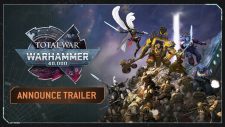

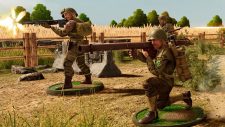






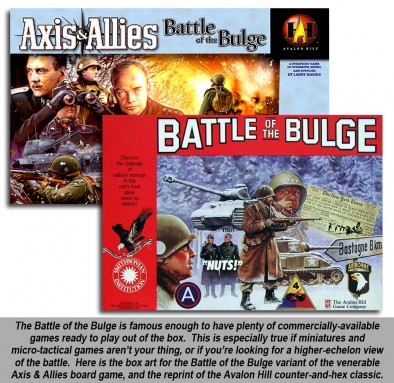
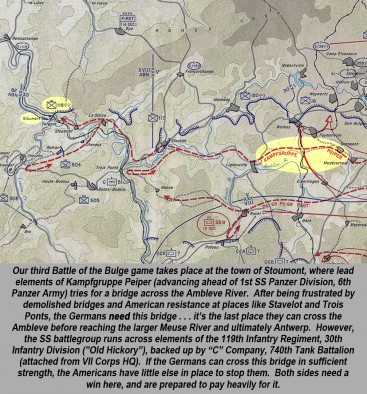
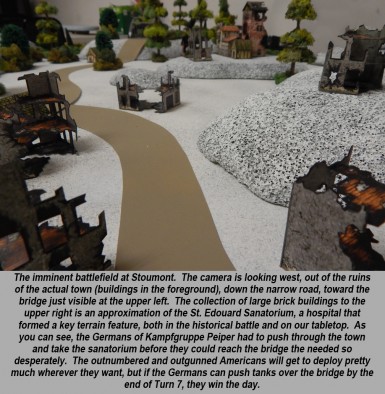
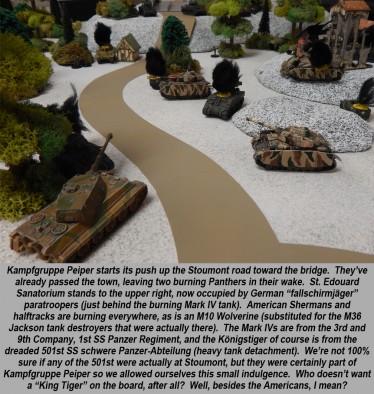
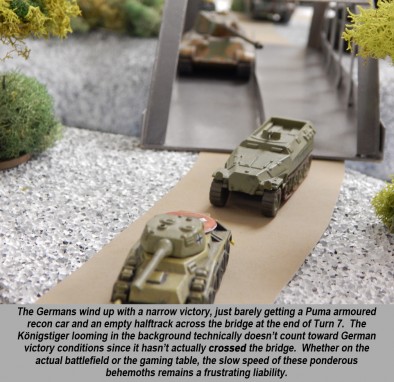

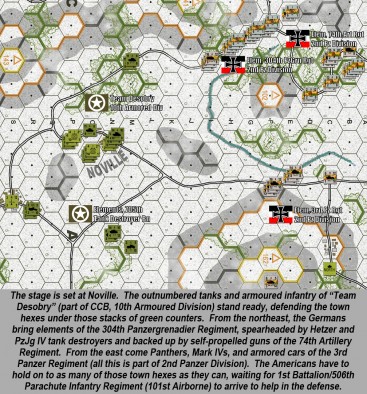
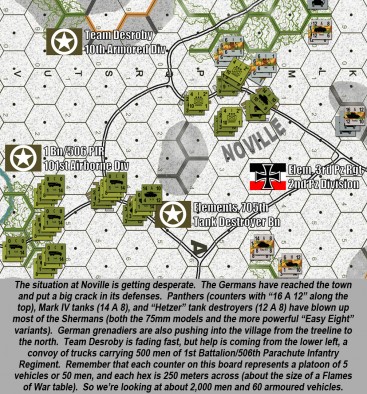
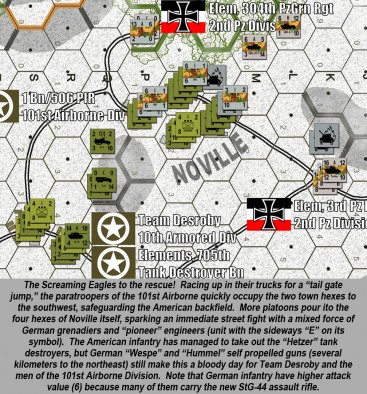
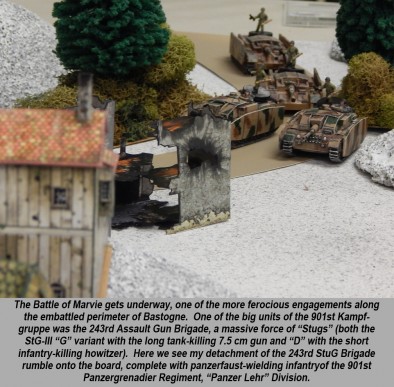


























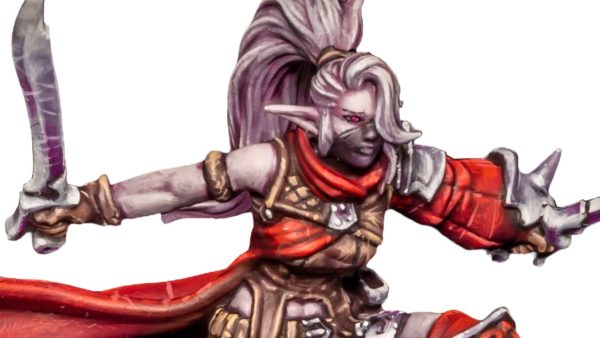
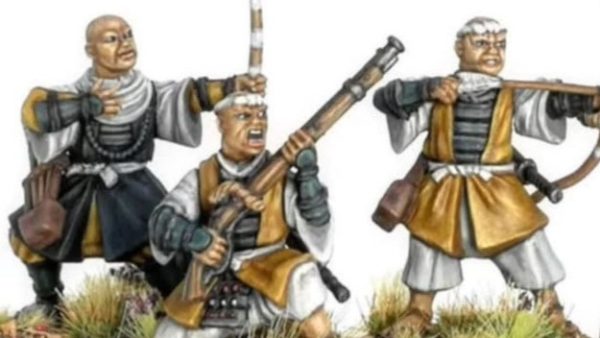
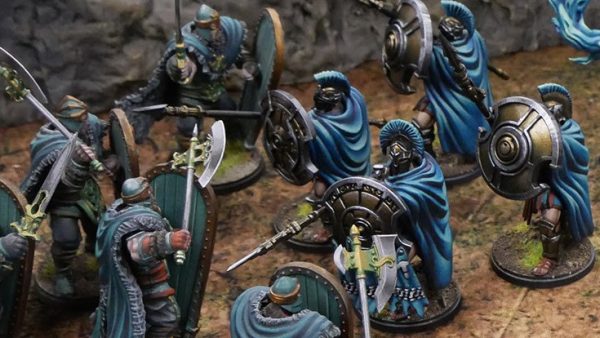
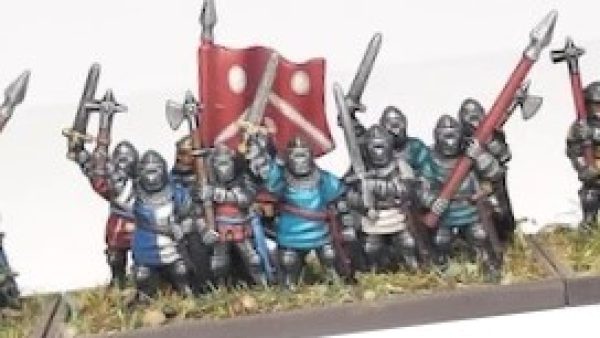
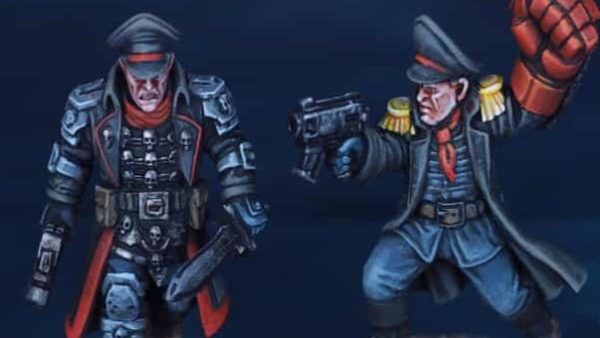



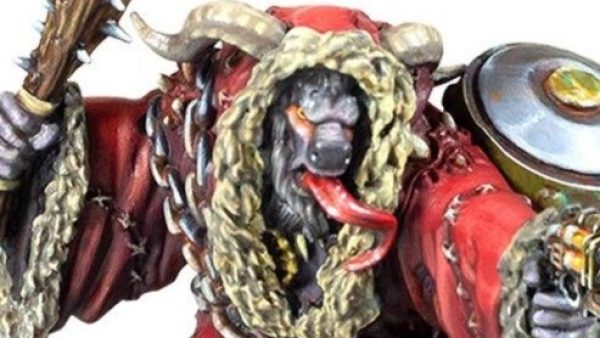
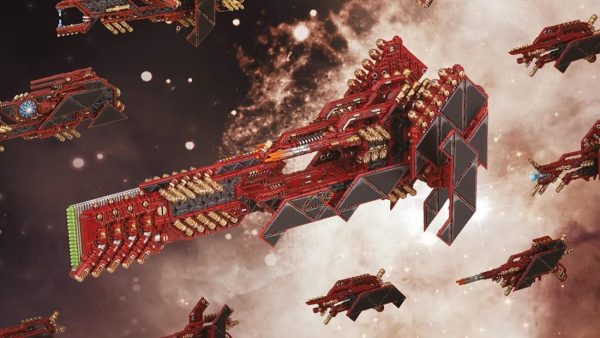
Getting a real sense of the unfolding narrative with these and always fun to read. I’ve had a shifty look at the next part and it’s great too 😉
BoW Ben
No fair! Sneak peeks from the editor. 😀 Thanks for the kind words and for kicking off the thread, @brennon .
street fighting is very dark, & dirty, is it true that the 101 were actually unarmed at the start of the offence as they were being shipped back for R&R & were rearmed on the road to Bastogne? nice report’s @oriskany
Thanks, @zorg . Yes, both the 101st and 82nd Airborne were part of the SHAEF reserve (Supreme Headquarters, Allied Expeditionary Force) when the German attack started on December 16. They had just finished 6-8 weeks of combat in the Netherlands after the Market Garden Battles and so were re-equipping, training, and absorbing replacements in anticipation of making one last big drop into Germany in the spring of 1945.
But when the German attack hit, Eisenhower, Bradley, and Hodges had to use whatever units they had at land to try and prevent an all-out German breakthrough. Using convoys of trucks to push paratroopers into a static defensive battles on the ground against enemy artillery, armor, and “grunt” infantry is not the “best use” of such units, butt hey were what was available at the time.
None of the divisions that were first hit by the German offensive were expecting heavy combat. Some, like the 99th and the ill-fated 106th (Golden Lions), were brand new, just in from the US, and deployed here in the Ardennes just to acclimate to being in a “combat zone,” finish training, and get organized. Others were battered veterans, like the 28th Infantry, which had just been hammered in brutal fighting in the infamous Huertgen Forest, and had been placed in this “quiet sector” to absorb and train replacements until the division was ready for full-scale action again.
Great article! I especially love the behind the scenes history facts that set the tone.
As the defender in most of these battles, I have come to appreciate how much damage can be done to an overwhelming force when it has to take a town from you. As imposing as
German armor is (especially with tank riders), a few bazooka’s hiding in buildings and a couple of outgunned Shermans in the tree line can really slow them down. For engagement three, that center building really should have been a sanitarium instead of a sanatorium, the infantry fighting was some of the craziest i’ve seen.
Thanks again for making me look good @oriskany !
You’ve been the defender @gladesrunner because you’ve played the Americans each time. Once the Battle of the Bulge starts turning the other way, you’ll be on the attack.
When we first started this and I asked Gladesrunner which side she wanted to play, she asked what the respective missions were. “Well, the Germans have to accomplish 1, 2, and 3 in such-and-such time while taking only x, y, and z casualties.”
“What do the Americans have to do?”
“Not die,” I replied.
“Cool! i can do that!”
a nice simple plan until Germans turn-up that is.
Definitely. And now that we’re entering the part of the battle where the Americans are on the offensive, the “burden of accomplishment” will shift more to them and the German goal will simply be to “not die.” 🙂
“Not die,” I replied.
Good plan. I’m enjoying this series which plays out in my back yard. Your very knowledgeable articles are always worth a read and I’m not even a military history guy, although at this rate I might end up being one. 😎
Thanks, @brianparker . 🙂 Earlier this year I did the whole “Normandy Pilgrammage” up and down the invasion coasts (and up and down, and up and down again . . .) for the 70th anniversary. Did get to head this far east, however. Luxembourg and Belgium must be amazing in the winter. Is there much going on there this winter for the 70th? Our next article features a link to one of the more famous museums in the area, where one of the world’s last King Tigers stands (spoilers). 😀
Luxembourg is a very pretty country with a lot of forest. There must be something happening for the 70th but I’m not aware of it – I’ll have to check it out. I can however inform you that the people of Luxembourg have not forgotten who fought for them all those years ago and almost every village has an American war memorial. It is not at all uncommon to find the Stars and Stripes flying in villages in this country.
Hmmm, your next article might provoke a museum visit. I blame you and John. 😎
I have to say I noticed the same thing through all the towns of Normandy. It didn’t extend through the rest of France, and a lot of it might have been just for the summer of 2014 (70th anniversary of the landings), but buildings everywhere had American, British, and Canadian flags flying.
Despite finding the hex/map combats hard to follow, this is exciting as well as informative. Great work!
You’re right, @angelicdespot , in order for these hex maps to really make a lot of sense to people unfamiliar with the game in question, you need a lot more of them and you need to present them in much fuller resolution (so you can read the unit IDs, values, etc). A Panzer Leader game runs about 12 turns, so the ideal “portfolio” would be x24 images (one at the end of each player’s turn), each about 4 or 5 MB in size so you could see the whole map in the right level of detail (these are just very small sections). Then there are limits in length of the article, they’re kind of long as it is. 🙂
Just trying to give people a taste or “command tactical” gaming through a historical perspective. Maybe we should start a forum just for this topic, so we could give it the space it probably needs to really get the point across.
For my purposes what you’ve done here is fine. I’m not _so_ interested in hex maps that I’d want this article 10x as long and full of maps. Having a look at the shots here gives a flavour, and that’s fine.
I think it also is to do with familiarity. I’m used to playing – and seeing photos of – miniatures. My brain understands how to see photos of them. I’m not used to playing map campaigns, though I’ve seen them played at games conventions in Spain. I think if I actually played them, the photos in this article would mean more.
But as I said, what you’ve got here is great for flavour – which has a lot to do with the text describing the history and the battle report around the photo.
Agreed. We’re definitely trying to keep more than half of the commentary about miniatures. For instance, this article had 3 battles, 2 of which were handled through miniatures.
That being said, if you ever get a chance to explore some high-echelon tactical games, consider giving it a cursory try. Most miniatures games, at least if they use true line of sight, have big limitations on the size of the battlefield they can represent, which can really limit the realism in ranges, movement rates, and really the “true geometry” of any battle taking place after 1900 or so.
Of course, no hex and counter game will ever look as great as a well-built table with well-built and well-painted miniatures. 🙂
@oriskany – I’d love to try one of these games actually. I’m not much of a computer gamer, but used to enjoy some of the simple map-based campaign games.
I don’t know anyone nearby who plays these tactical games though, and any convention I go to I’m more likely to want to spend my limited time doing something else. Maybe I can get a whole week off some time, and meet up with some players either side of a convention and try a game that way?
I agree that most computer wargames aren’t that good. Forget “RTS”, and for phase-based systems, the operational-level ones are great at tracking logistics, supplies, and handling paperwork. But they usually don’t allow much of your own campaign-building, rules, or editing. Command-tactical games, meanwhile, are usually better either on very small minis (GHQ 6mm) or hex-and-counters. Basically, anything that “gives up” the scale model battlefield for a representational model so you can take a bigger view the field.
Not saying you’ll be “converted from the true faith,” but it might be fun. I’m usually a hex-and-counter guy, but 2014 has seen be plunge into 15mm minis, and it’s been great!
@oriskany & Co great job as usual. I really like reading your reports. On the one hand they deal with some of the most well known battles in history and on the other hand they are well known but not easy comprehend due to numerous publications dealing with the topic. That makes your reports even better because the background is well researched.
Thanks, @yavasa . I’m just hoping we’re not piling the history on too thick, so we try to include plenty of gaming action and photos. 🙂 There certainly are a lot of publications, TV shows, (and even one horrible, horrible movie) about the Battle of the Bulge, but a lot of that material is in disagreement, controversy, or just plain wrong. So yeah, it can be tough to figure out some times. In the previous article thread me and few other guys went round and round trying to figure out where we could find some Tiger Is, usually the most famous units on a given battlefield.
I’ve really enjoyed this series. Not only has it been a pleasure to read as a gamer, but seeing historical events through the eyes of a gamer has helped me understand some of the complexities of the situations. Keep up the good work!
I totally agree @neal5x5, you and I are “in the pipe” together on that one!
Thanks, @neal5x5 . Glad you like it. We have a few more articles to come before the series closes out. Have a great holiday, and happy gaming!
Fun game. And a good challenge trying to pin down those “full turreted” tank destroyers executing a perfect fighting withdrawal. This system “slows down” turretless TD’s well imitating the difficulty in aiming and firing those things. At least they are compensated in much higher defensive values. Lower profile and a more cohesive geometrical shape.
I will admit, playing with those Hellcats was a lot of fun. After they fire, they can move half their movement, one quarter of which is “free” before they trigger opportunity fire. But since their movement rate is so high to begin with, these fractional movements still represent enough distance on the table for them to relocate over and over again. Pity I only had one platoon / counter for them.
Got this and part 1 earmarked as X-mass reading – had to many other things going (Wife and kid seem to thing there is something special this month ;)) on to give it the attention it will need 🙂
It where well worth the wait – Nice start on Xmass – and Nuts! to you all 😉
Thanks, @ramsus , Glad you liked it. You know, I almost want to lose a wargame now, and when my opponent asks if i concede . . . I can yell: “NUTS!”
“NUTS!”
One of the great quotes in military history.
You know, “Dr. Dave” @lafayette dropped a “NUTS” comment on the last article, and I replied: “I hope that’s a reference to McAuliffe’s famous rejection of a German surrender demand, and not what you thought of the article!” 😀